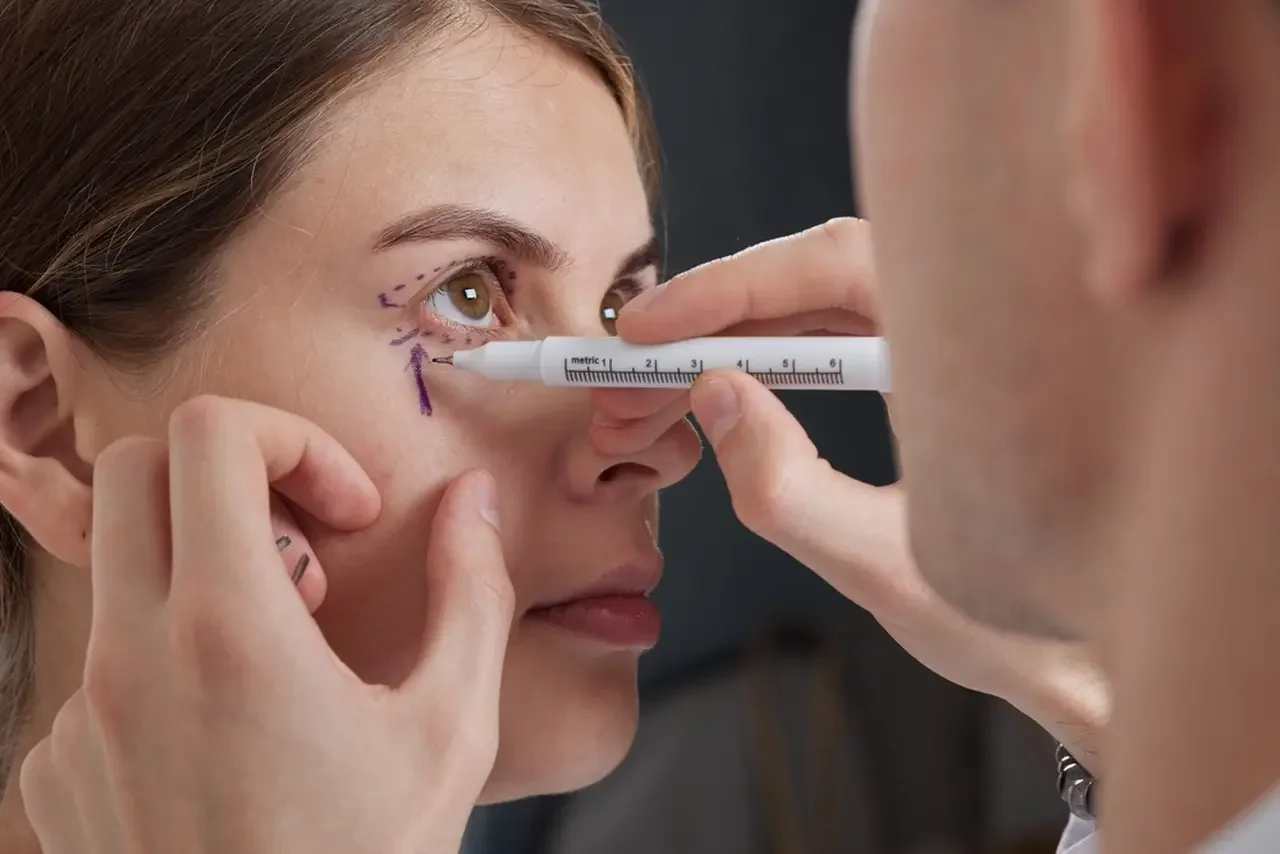Blepharoplasty, commonly known as eyelid surgery, is a cosmetic procedure aimed at enhancing the appearance of the eyes by removing excess skin, fat, or muscle from the eyelids. Over the years, this surgical technique has evolved significantly, incorporating advancements in technology and personalized approaches for different age groups. Let's delve into the future of blepharoplasty and explore how it's shaping up to redefine beauty standards and rejuvenate the eyes.
Introduction to Blepharoplasty
What is Blepharoplasty?
Blepharoplasty is a surgical procedure that targets the eyelids to address issues such as droopy eyelids, bags under the eyes, and excess skin that may impair vision or contribute to a tired appearance. It can be performed on the upper eyelids, lower eyelids, or both, depending on the patient's needs and desired outcomes.
Types of Blepharoplasty
There are two primary types of blepharoplasty: upper blepharoplasty and lower blepharoplasty. Upper blepharoplasty focuses on improving the appearance of the upper eyelids by removing excess skin and fat deposits. On the other hand, lower blepharoplasty targets the lower eyelids to reduce puffiness and eliminate under-eye bags.

Evolution of Blepharoplasty Techniques
Traditional Surgical Methods
Historically, lower blepharoplasty involved invasive surgical techniques that required longer recovery times and carried higher risks of complications. These traditional methods often necessitated extensive incisions, leading to noticeable scarring and prolonged healing periods.
Modern Minimally Invasive Techniques
With advancements in medical technology, minimally invasive blepharoplasty techniques have emerged as preferred options for many patients. Procedures such as laser blepharoplasty and ultrasound-assisted blepharoplasty offer precision, reduced downtime, and improved cosmetic outcomes.
Advancements in Technology for Blepharoplasty
Laser Blepharoplasty
Laser blepharoplasty utilizes laser energy to make precise incisions and vaporize excess tissue, minimizing bleeding and promoting faster healing. This approach results in less trauma to surrounding tissues and can be customized to address specific aesthetic concerns.
Ultrasound-Assisted Blepharoplasty
Ultrasound-assisted upper blepharoplasty employs ultrasound technology to target fat deposits and tighten skin without the need for extensive incisions. This technique is particularly effective for addressing delicate areas around the eyes with enhanced precision and safety.
Customized Approaches for Different Age Groups
Blepharoplasty in Young Adults
Young adults seeking blepharoplasty often focus on enhancing their natural features and addressing genetic predispositions, such as eyelid asymmetry or excess fat deposits. Minimally invasive techniques are favored to achieve subtle yet impactful results.
Blepharoplasty for Middle-Aged Individuals
Middle-aged individuals may undergo blepharoplasty to rejuvenate their appearance, combatting signs of aging such as sagging skin and prominent under-eye bags. Combination treatments, including dermal fillers and skin tightening procedures, may complement surgical interventions.
Blepharoplasty in Seniors
Seniors considering cosmetic eye surgery prioritize functional improvements alongside aesthetic enhancements. Procedures may be tailored to improve vision by lifting drooping eyelids and reducing obstructive skin folds, contributing to a more youthful and alert look.
Safety and Risks of Blepharoplasty
Common Risks and Complications
While blepharoplasty is generally safe, it carries inherent risks such as infection, scarring, and temporary changes in sensation. Proper preoperative evaluation, adherence to postoperative care instructions, and choosing a qualified surgeon can minimize these risks.
Safety Measures and Precautions
To ensure a successful outcome, patients should disclose their medical history, allergies, and medication use to their healthcare provider. Avoiding smoking and following postoperative guidelines, such as gentle eye care and avoiding strenuous activities, are crucial for optimal healing.
The Psychological Impact of Blepharoplasty
Improved Self-Esteem and Confidence
Blepharoplasty can have a positive impact on self-esteem and confidence levels, as individuals often experience enhanced satisfaction with their appearance post-surgery. Feeling more youthful and rejuvenated can translate into improved social interactions and overall well-being.
Managing Expectations and Mental Well-being
While physical changes from inability to close eye can be significant, managing expectations is essential for mental well-being. Realistic goals and open communication with the surgeon help ensure that patients achieve outcomes aligned with their desires and maintain a positive self-image.
The Future of Blepharoplasty
Innovations in Procedure Techniques
The future of blepharoplasty holds promise for further advancements in procedure techniques, including augmented reality simulations for personalized treatment planning, regenerative therapies for improved tissue healing, and enhanced safety measures through robotics and AI integration.
Predictions for the Next Decade
In the coming decade, we anticipate a continued shift towards customized, patient-centric approaches in blepharoplasty. Technological innovations will enable surgeons to achieve more precise results with reduced downtime and tailored solutions for diverse patient populations.
Conclusion
As blepharoplasty continues to evolve, it remains a cornerstone of cosmetic enhancement for the eyes, offering transformative results with enhanced safety and efficacy. With a focus on personalized care, technological innovation, and patient satisfaction, the future of blepharoplasty holds exciting possibilities for redefining beauty standards and rejuvenating the eyes.
Unique FAQs
Is blepharoplasty suitable for everyone? Blepharoplasty candidacy depends on individual health factors and aesthetic goals. A thorough consultation with a qualified surgeon is necessary to determine suitability.
What is the typical recovery time after blepharoplasty? Recovery times vary but generally range from one to two weeks for visible swelling and bruising to subside. Full results may take several months to manifest.
Are there non-surgical alternatives to blepharoplasty? Non-surgical options such as injectable fillers and skin tightening treatments can address minor concerns but may not offer the same comprehensive results as surgery.
Can blepharoplasty improve vision in addition to aesthetics? Yes, blepharoplasty can improve vision by correcting drooping eyelids that obstruct the visual field. This functional benefit is often a key consideration for older patients.
What should I look for in a blepharoplasty surgeon? It's essential to choose a board-certified plastic surgeon with experience in blepharoplasty, a strong track record of safety and satisfaction, and clear communication throughout the process.